History of the Magnetic Mirror
Realta’s Tandem Axisymmetric Mirror concept has been decades in the making. Scroll down to see how Realta’s concept integrates physics advances and technology breakthroughs into the least complex and lowest capital path to cost-effective fusion energy.
Age of Discovery
Sir Arthur Stanley Eddington published his paper, “The Internal Constitution of the Stars,” anticipating the fusion process powering the stars based on low-mass element measurements and Einstein’s discovery of the famous equation, E=mc2.
1920

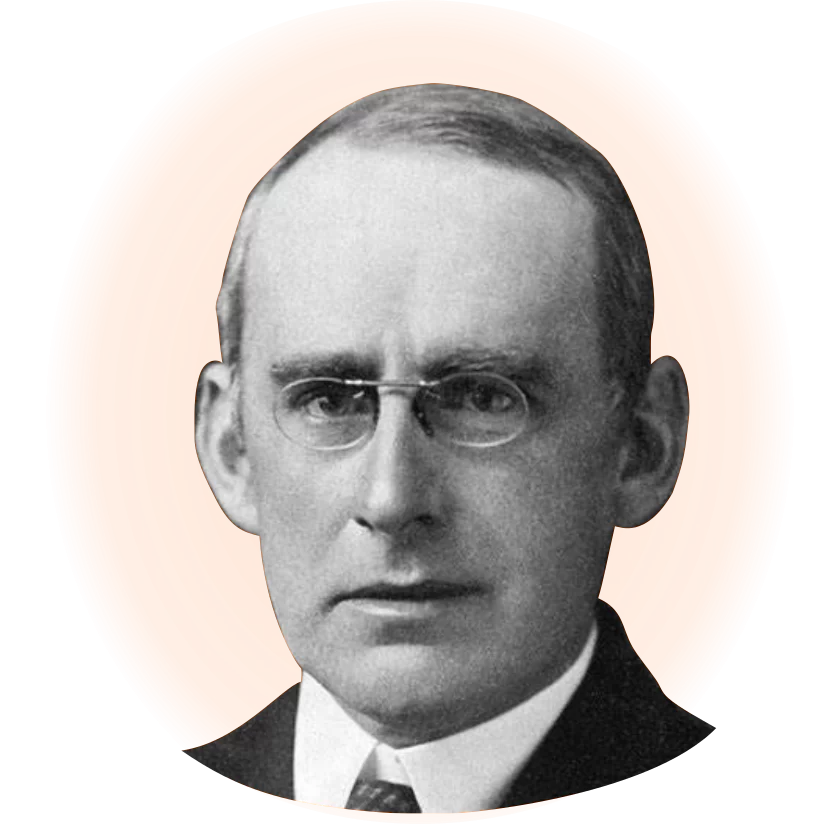
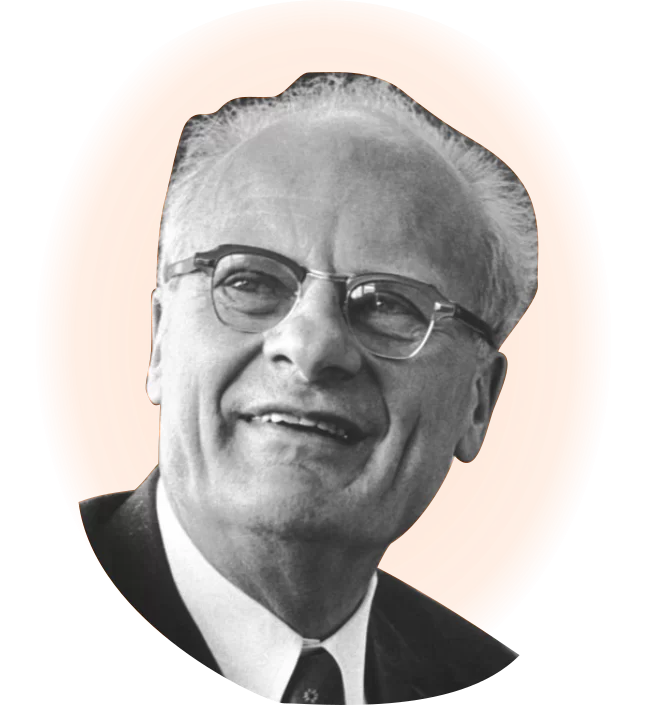
1938
Hans Bethe proved that fusion is the process that produces the enormous amounts of energy that is emitted by the stars.
Harnessing Star Power
Russians Andrei Sakharov and Igor Tamm propose a concept referred to as a toroidal chamber with magnets, from which we get the term, “Tokamak.”
American Lyman Spitzer invents the concept of the Stellarator.
1951
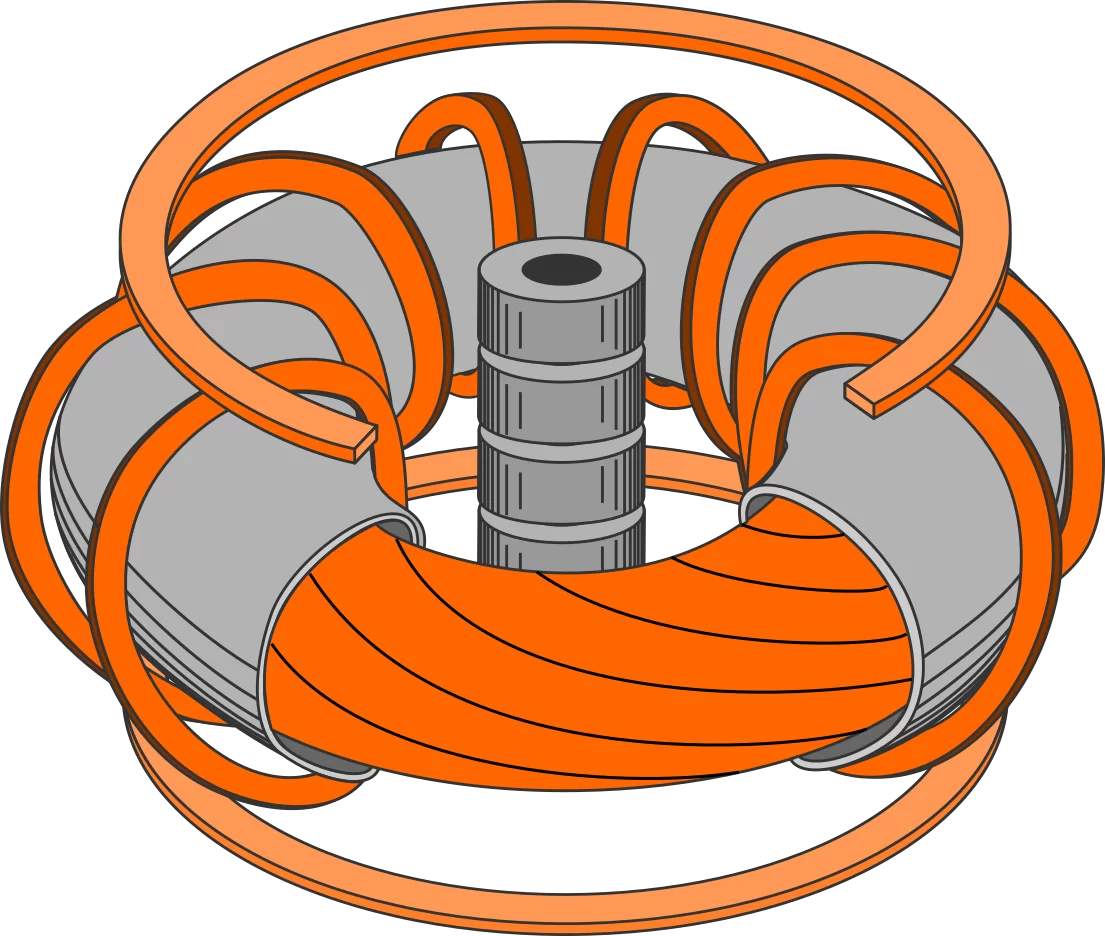
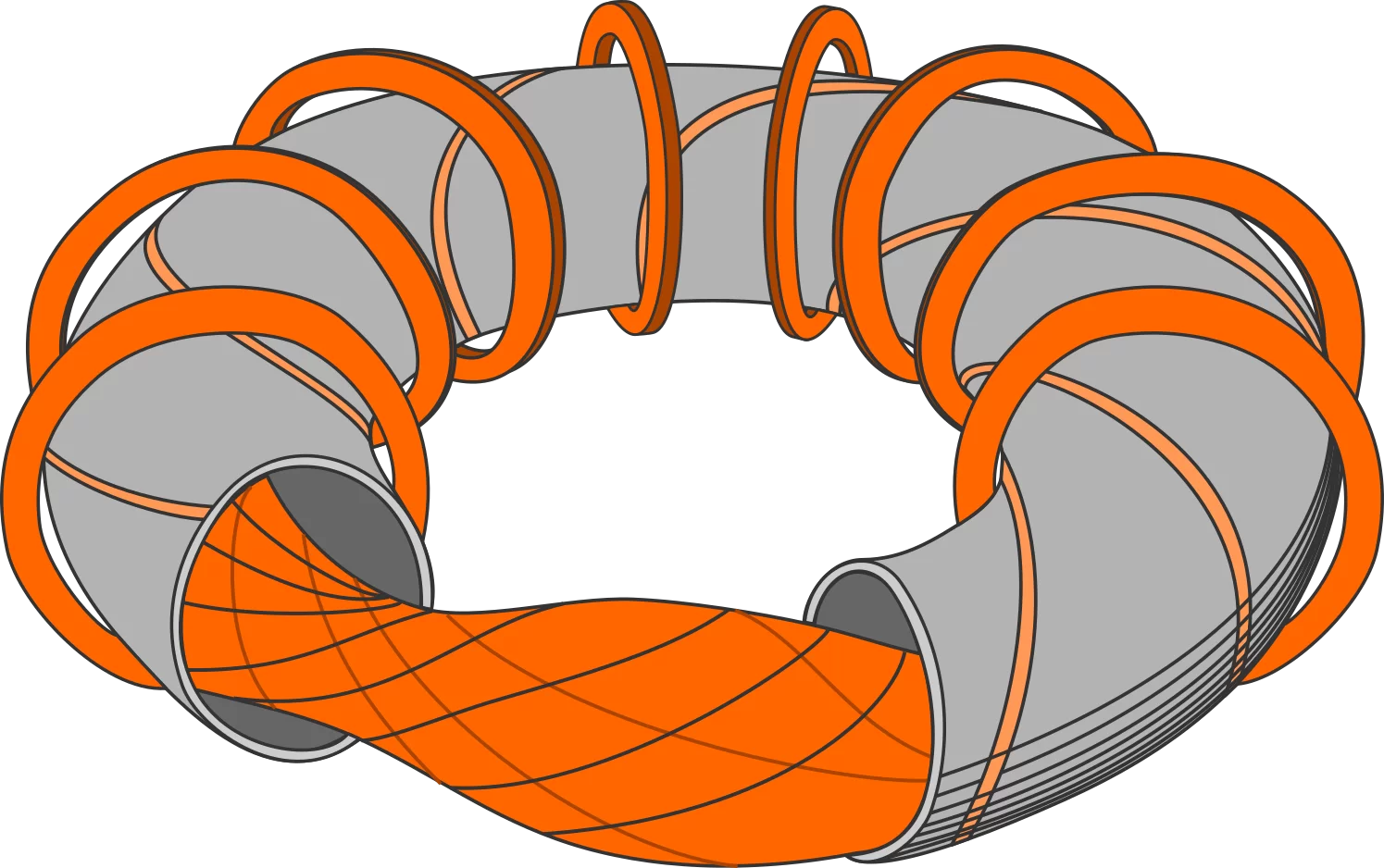
In parallel pursuits of controlled fusion energy, Dr. Post at the United States’ Lawrence Livermore National Laboratory, and Dr. Budker at the U.S.S.R.’s Kurchatov Institute conceive of the Magnetic Mirror fusion energy concept. Both scientists would go on to make significant contributions to fusion generally and to magnetic mirror research specifically.

1954
Russian scientist Gersh Budker and American scientist Richard (Dick) Post independently propose the concept for a simple axisymmetric magnetic mirror.

Rosenbluth & Longmire predicted that axisymmetric magnetic mirrors will be limited by MHD instabilities.
1957
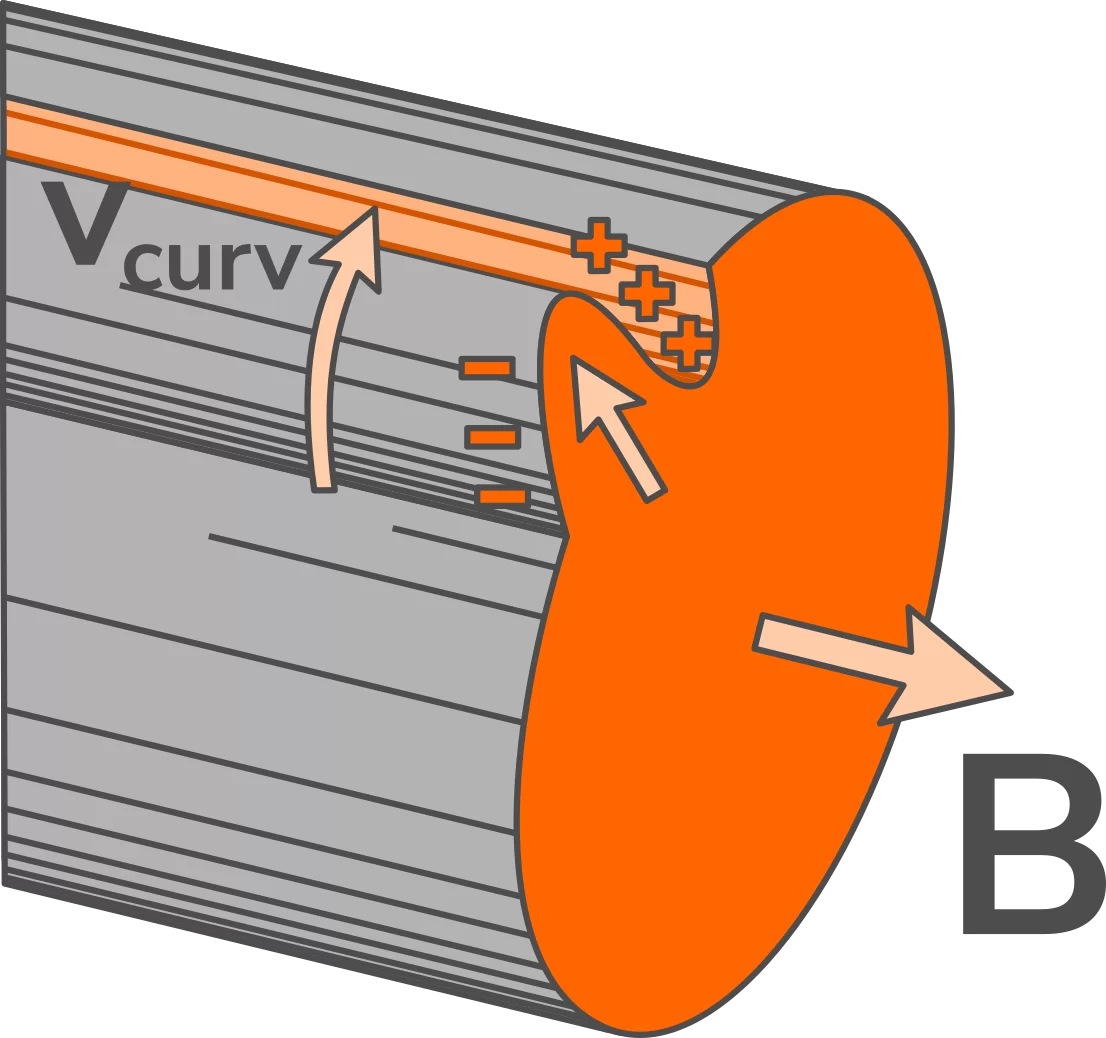
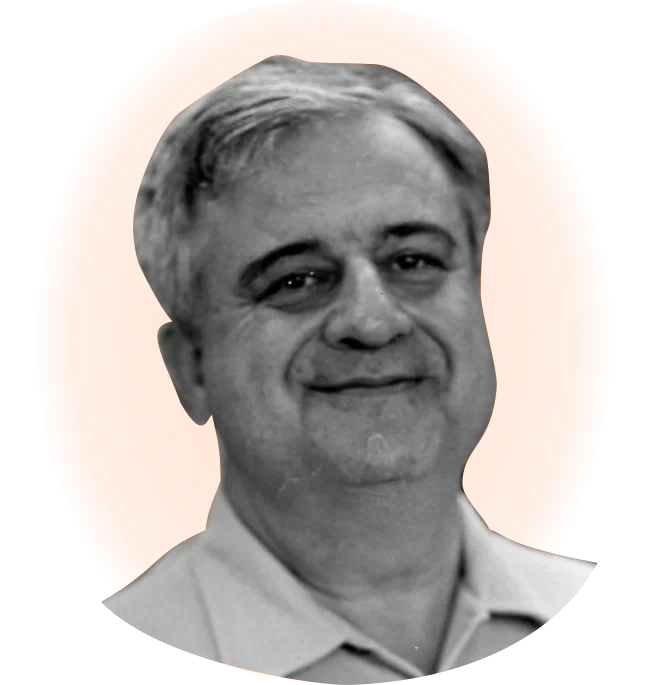
1961
Rosenbluth, et al, showed that finite Larmor radius (FLR) stabilization can be obtained from the magnetohydrodynamics equations. This is a key to unlocking the potential of axisymmetric mirror designs.
MHD instabilities can be overcome with “Minimum-B” devices, which no longer allow for axisymmetry. By removing axisymmetry, engineering issues and radial losses become new challenges.
1961
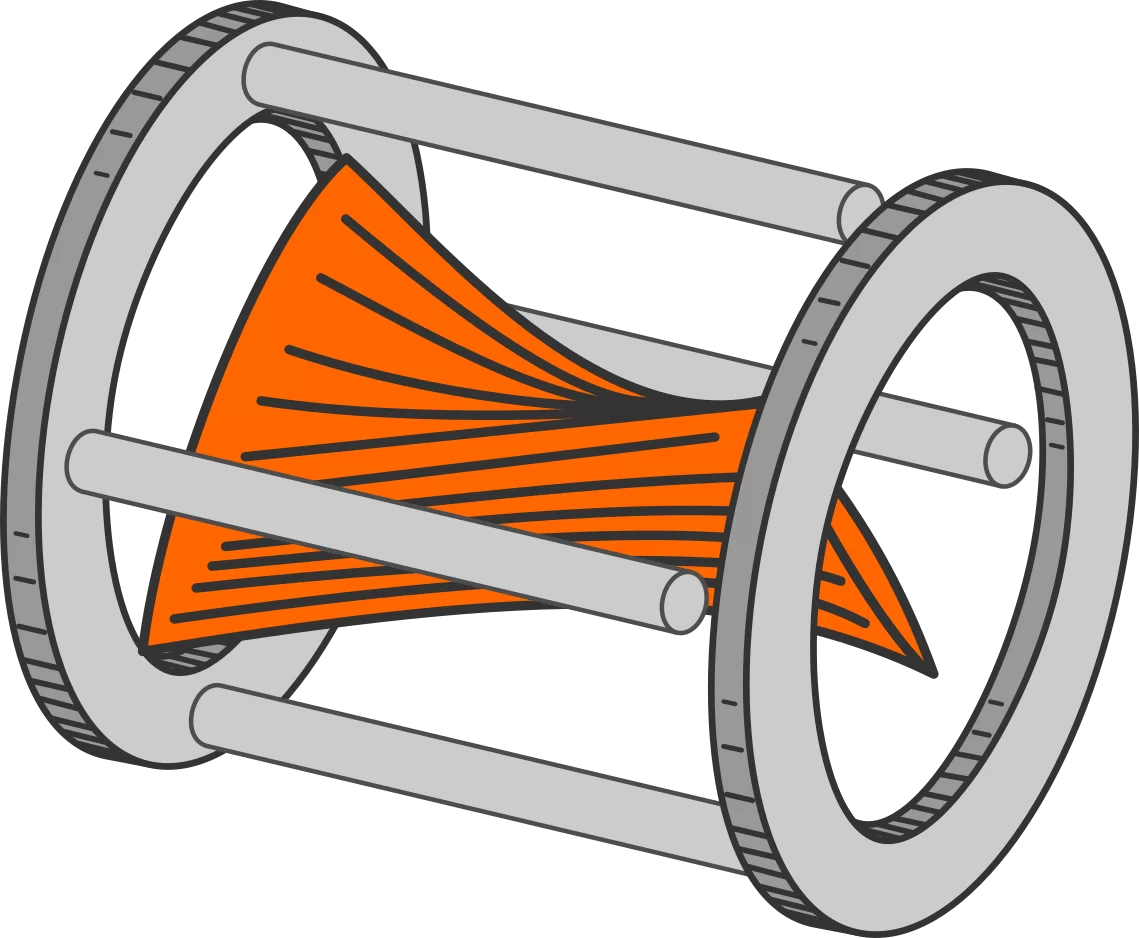
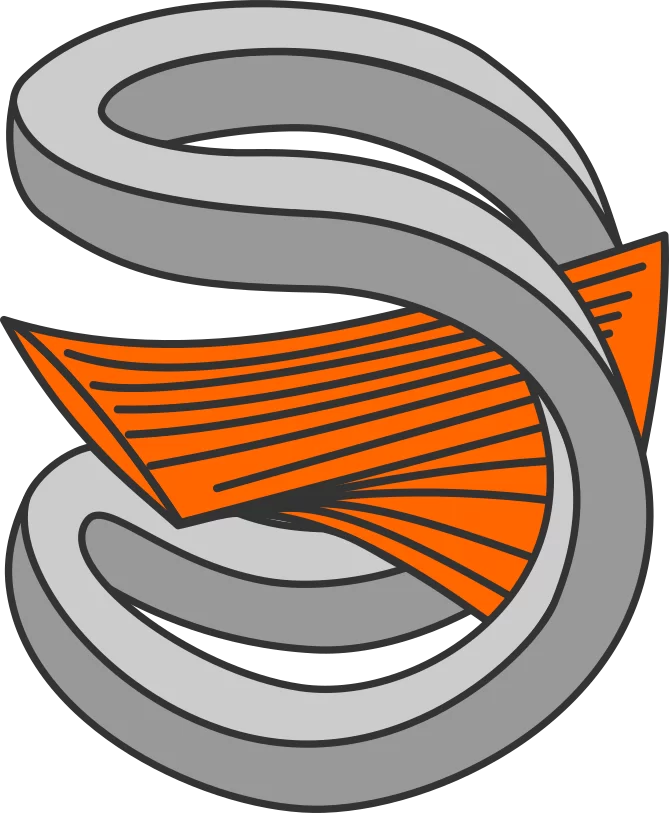
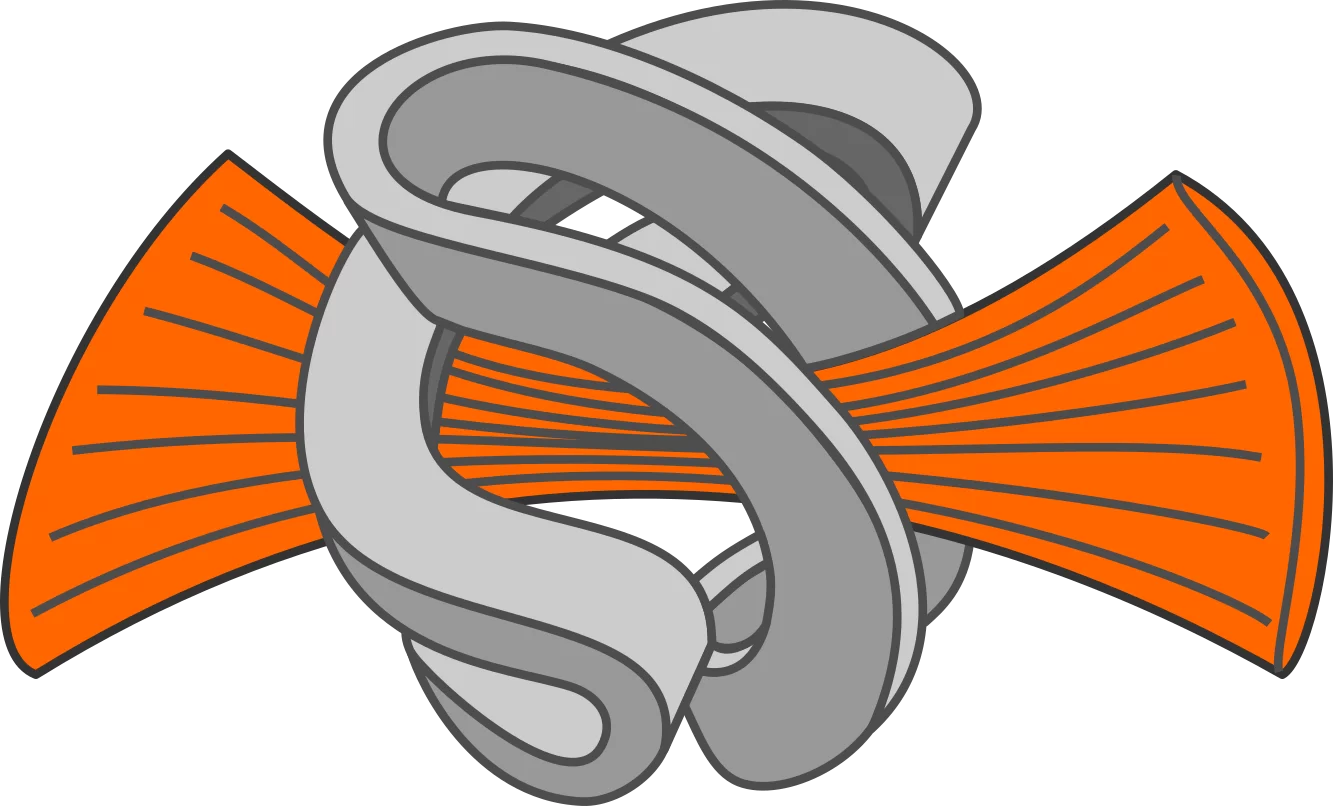
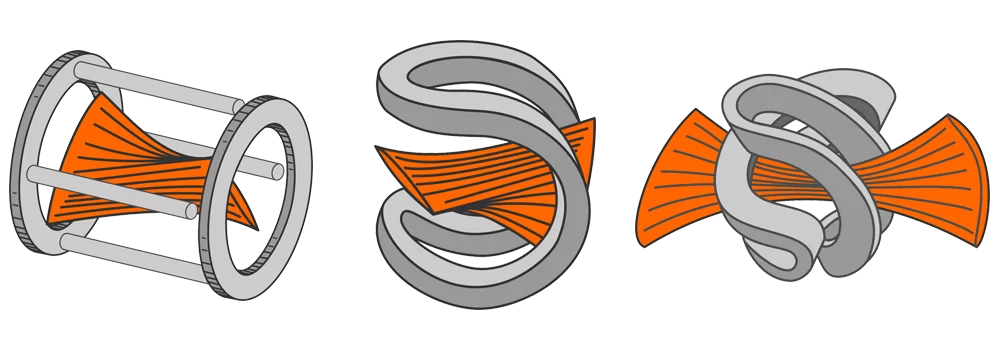
The Tokamak concept demonstrates a temperature of 10,000,000°C.
1968
Progress in tokamak fusion energy systems suggests that fusion energy is within reach and creates a sense of urgency within the United States’ magnetic mirror fusion energy program. The resulting period of development saw rapid evolution in magnetic mirror physics and feverish attempts to develop viable concepts using available non-axisymmetric magnetic coil technologies and plasma stability techniques.
Age of Innovation

1976
Experimental research validates magnetic mirror theoretical physics basis. Scaling laws are developed that predict break-even conditions can be achieved with simple mirrors, but reactor grade performance (Q > 5) requires advanced mirror concepts.
The “Tandem Mirror” concept is independently proposed by Dimov and Fowler & Logan.
In a moment reminiscent of 1954, Soviet and American researchers simultaneously realize that dramatic performance increases can be achieved by confining a thermonuclear plasma in a ‘central cell’ between two simple mirror ‘end-cells’. This concept is dubbed the ‘Tandem Mirror’.
Rapid development of tandem concepts through the 70’s and 80’s resulted in a robust theoretical physics basis, a rich archive of experimental data, and design studies promising higher power densities and lower levelized costs of energy than tokamaks and stellarators.
1976
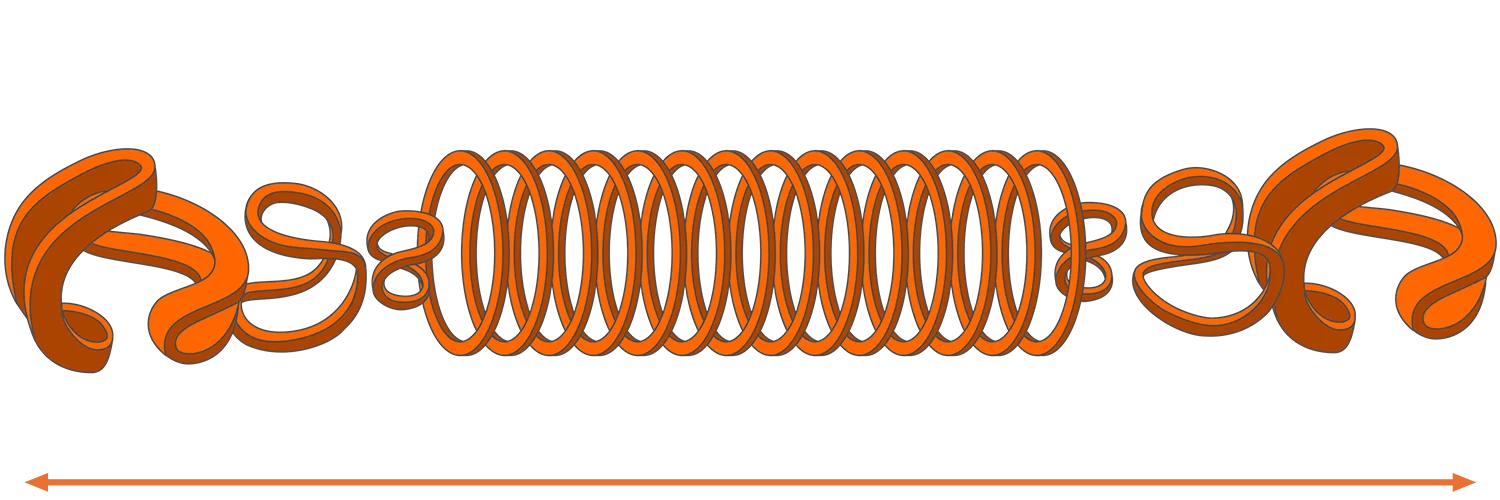
1977
Construction begins on the Magnetic Fusion Test Facility, a tandem mirror system relying on large, non-axisymmetric, ‘Yin-Yang’ coils for confinement and plasma stability.
Thermal Barriers are invented as a tandem mirror variant, substantially increasing performance at a fixed end-plug ion energy and density. The Magnetic Fusion Test Facility undergoes a redesign to incorporate thermal barriers and is expected to demonstrate performance equivalent to or beyond, the highest performing tokamaks.
1979

Jay Kesner proposes a concept called, “Sloshing Ions,” which stabilize axisymmetric plugs for tandem mirrors.
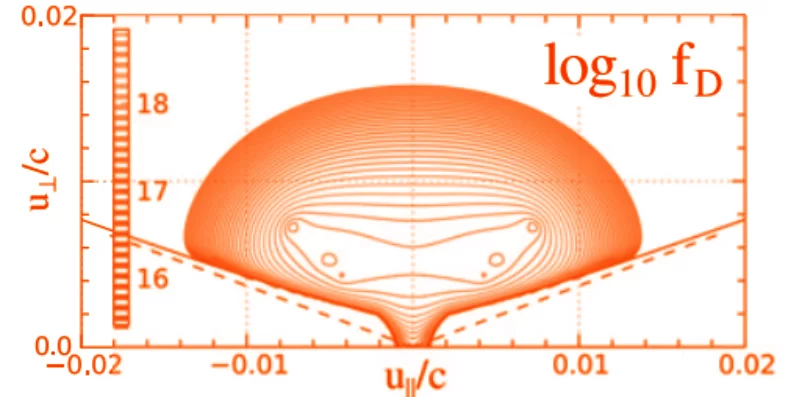
1979
FORESHADOWING:
Thomas Simonen would later describe how sloshing ions additionally increase mirror performance by suppressing losses (1982) and by enhancing confinement (1986)
Sam Frank (Realta Lead Theorist) would later inherit Jay Kesner’s office at MIT complete with mirror scaling laws scrawled on the blackboard (2021)
The Dark Age of U.S. Mirrors
MFTF-B is completed for a cost of $372M. The program was unceremoniously shut down the very same day construction completed, and the machine would never operate.
1986
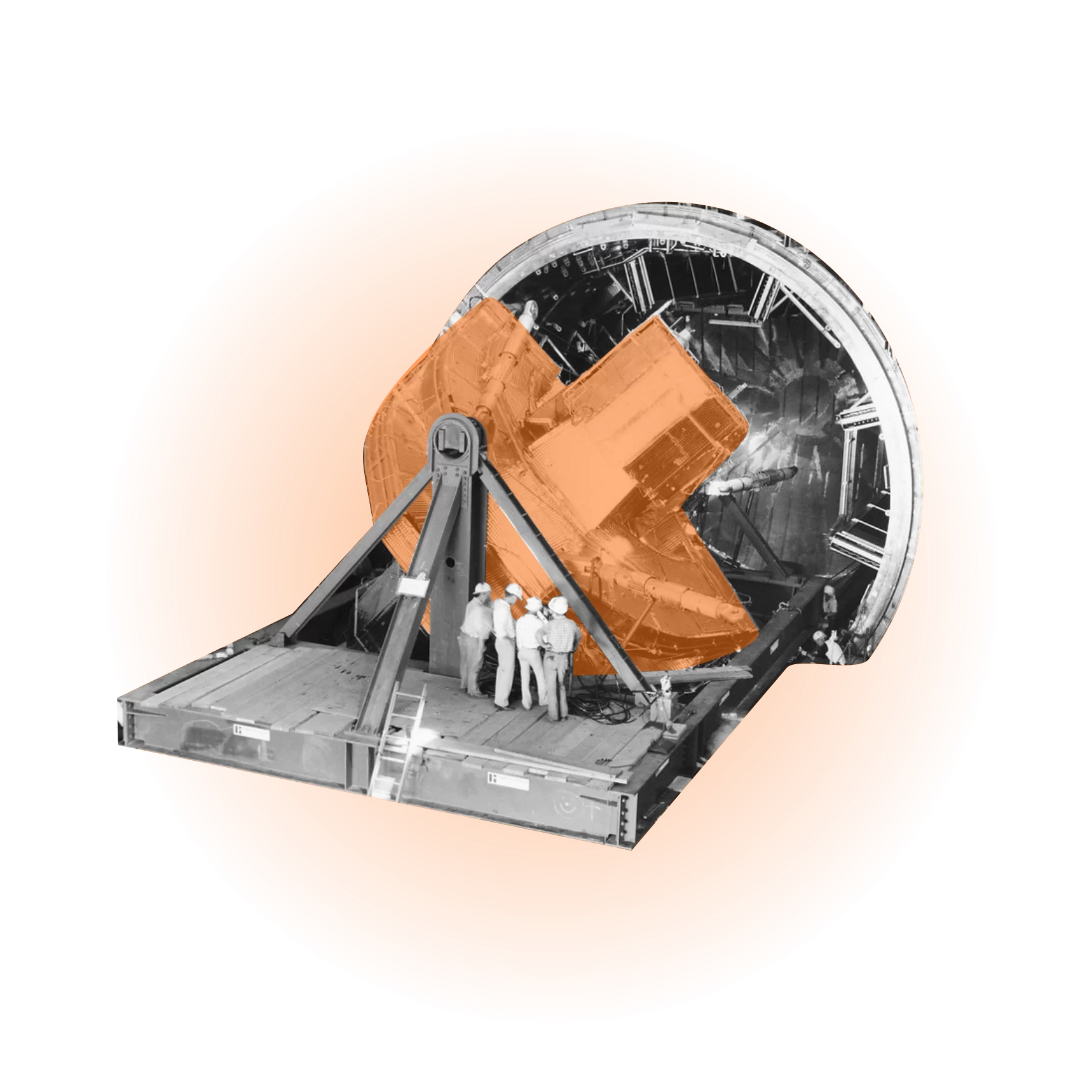
The energy crisis of the 1970s was over and US funding for energy was quickly drying up. Attempting to maintain fusion energy momentum with shrunken budgets, the US focused on tokamaks and shuttered competing programs. Mirror projects across the US were shut down, including at the University of Wisconsin and Massachusetts Institute of Technology.
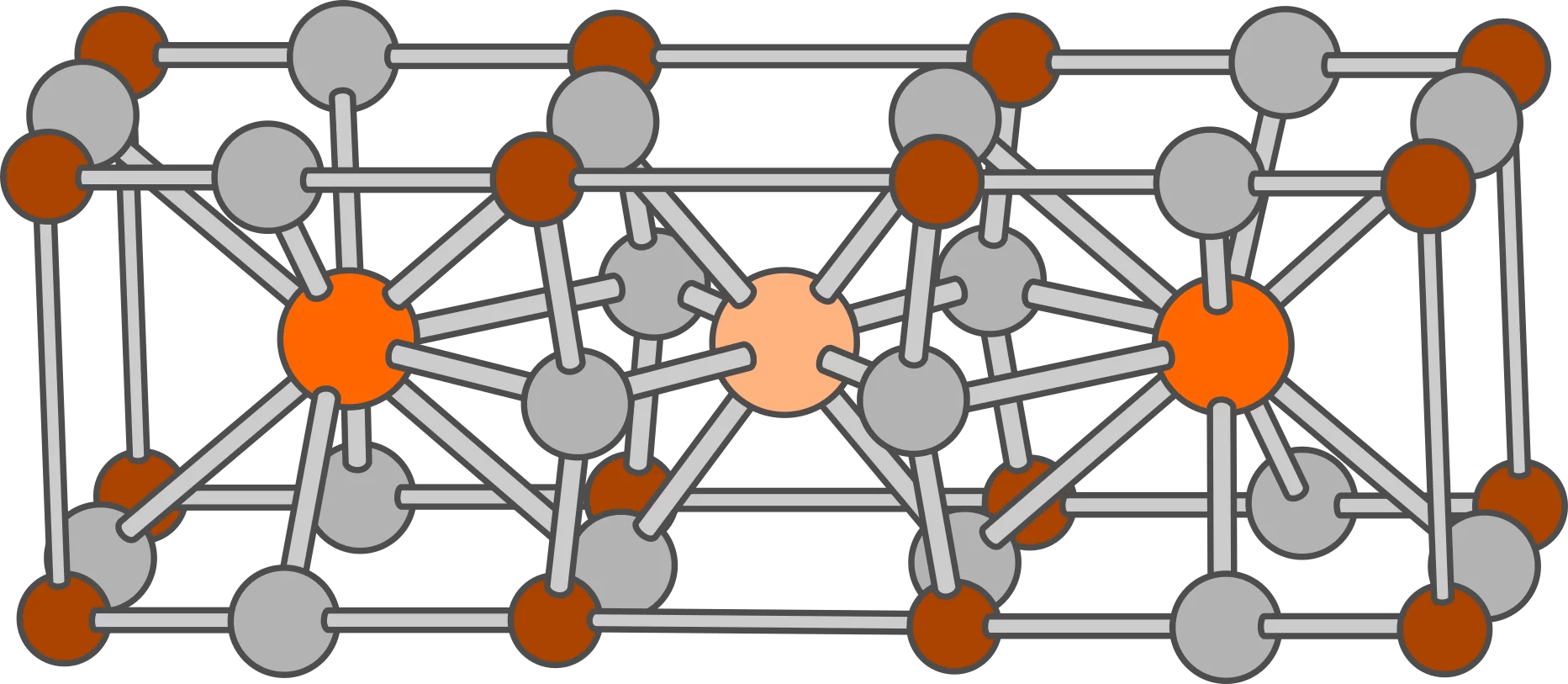
1987
MAGNET BREAKTHROUGH – Discovery of Rare-Earth Barium Copper Oxide (REBCO) materials as high temperature superconductors, unlocking the potential of high strength magnets.
Although magnetic mirror research all but ended, domestic research into critical enabling technologies continued.
The discovery of REBCO superconductors has enabled the design of more-and-more powerful magnets and therefore smaller, higher performance magnetic mirrors.
The HIEI axisymmetric tandem mirror device in Japan demonstrates a high radial confinement mode via DC limiter biasing. This technology unlocks greater confinement capabilities, leading to higher power density in tandem mirrors.
1993
1999
MAGNET BREAKTHROUGH
First 100m length of REBCO HTS tape produced.
The GAMMA-10 experiment demonstrates stabilization of MHD instabilities in an axisymmetric barrier mirror through E x B shear, formed through off-axis electron cyclotron heating (ECH).
2006

2007
MAGNET BREAKTHROUGH
First 1 km length of HTS tape produced.
The Gas Dynamic Trap (GDT) experiment in Novosibirsk demonstrates stabilization of plasma instabilities in an axisymmetric mirror through E x B shear, formed through end-ring biasing.
2010
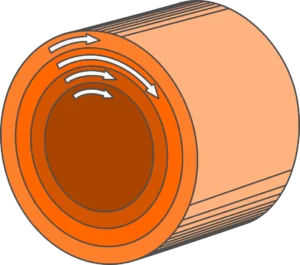
2014
The GDT experiment demonstrates electron temperatures of 10,000,000°C in an axisymmetric mirror.
Age of Real Mirror Fusion
Advanced Research Projects Agency – Energy (ARPA-E) approves a grant to construct WHAM; the Wisconsin High-temperature-superconducting Axisymmetric Mirror.
WHAM is designed to integrate 50 years of mirror physics with modern advances in superconducting magnets and new techniques for stabilizing plasmas in axisymmetric magnetic mirrors. Construction will later be completed thanks to the contributions of many organizations, including: Realta Fusion, ARPA-E, University of Wisconsin, Commonwealth Fusion Systems, General Atomics, NFRI, Los Alamos National Lab, Oak Ridge National Lab, Princeton Plasma Physics Lab, CompX, Virginia Tech, and MIT
2020

WHAM Coilset
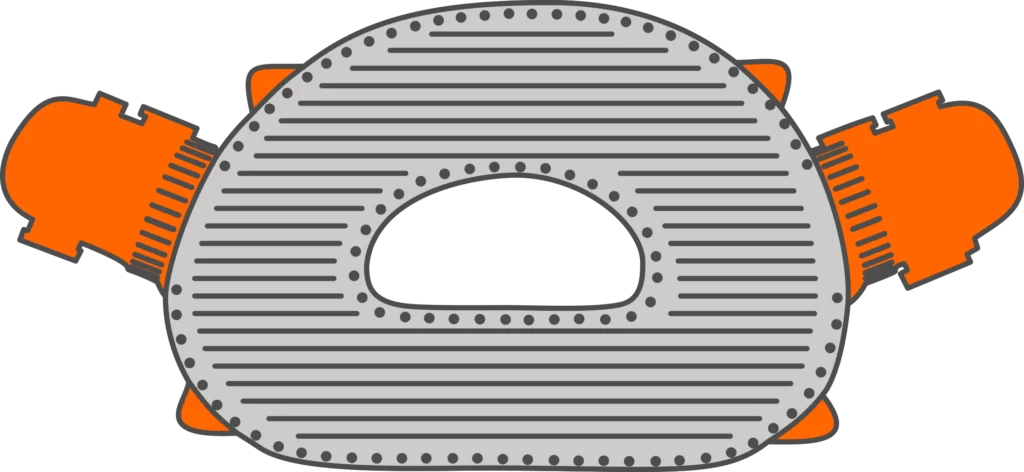
2021
MAGNET BREAKTHROUGH
MIT demonstrates a 20 Tesla high-temperature superconducting magnet.
Realta Fusion incorporates
2022

Realta Fusion is announced as one of eight awardees in the DOE Milestone Based Fusion Development Program and closes SEED Financing in a round led by Khosla Ventures.
2023
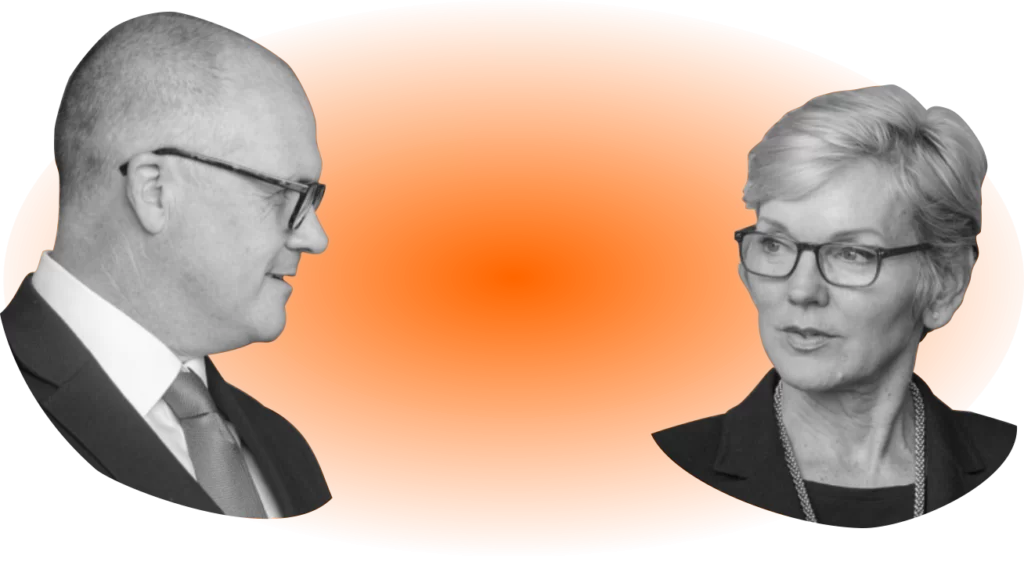
Realta’s Digital Twin, “RealTwin,” updates 40 years of tokamak codes for mirror applications.
![]()
2024
Realta Fusion develops high-performance computing tools to model axisymmetric magnetic mirror fusion energy systems, secures a Master Research Agreement with the University of Wisconsin to sponsor research on WHAM, and lays out a technology development roadmap to design and deliver a fusion pilot plant by the mid 2030s.
Breakthrough:
The first plasma was successfully demonstrated in a world-record-setting magnetic field of 17 Tesla, the highest magnetic field ever applied in a magnetic confinement experiment.
2024
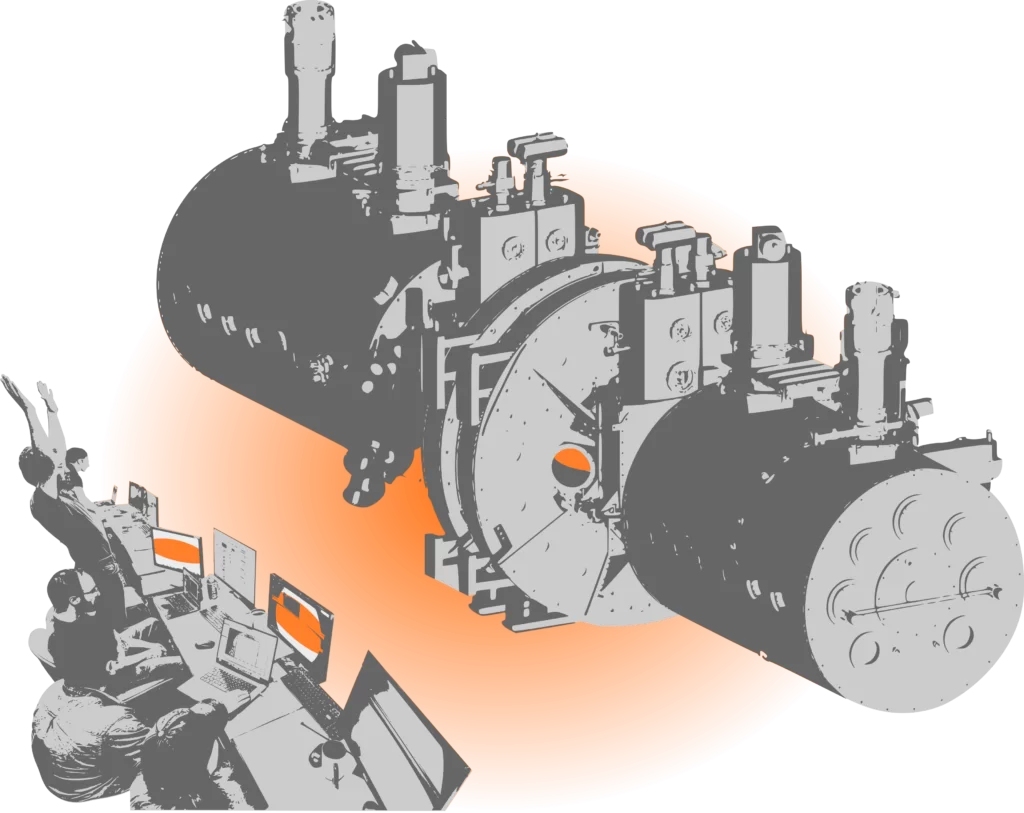
Realta Fusion closes $36 million Series A round from new investor Future Ventures, existing investor Khosla Ventures, and others.
2025

